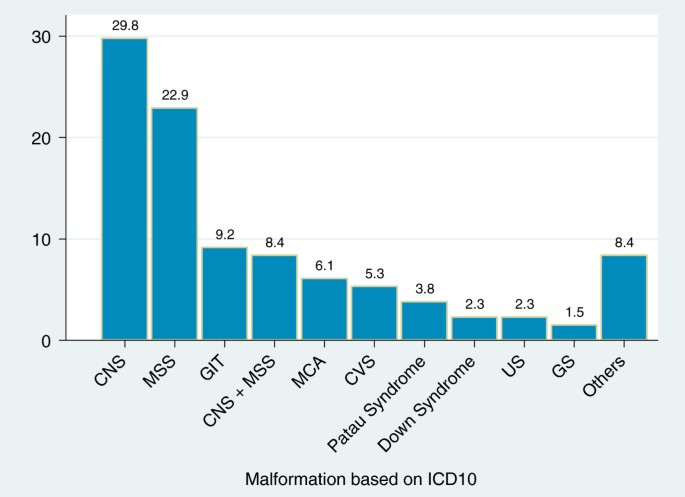

Otherwise, most children with aortic stenosis have no symptoms. In some children, chest pain, unusual tiring, dizziness, or fainting may occur.

A normal valve has 3 leaflets or cusps, but a stenotic valve may have only one cusp (unicuspid) or 2 cusps (bicuspid). In this condition, the aortic valve between the left ventricle and the aorta did not form properly and is narrowed, making it difficult for the heart to pump blood to the body. Listed below are some of the conditions, for which we have provided a brief overview. There are many disorders of the heart that require clinical care by a doctor or other healthcare professional. The pulmonary artery and aorta arise from the "wrong" ventricles. The right or left side of the heart is incompletely formed (hypoplastic)īoth the pulmonary artery and aorta arise from the same ventricle. More rare defects include those in which: A hole between 2 chambers of the heart is an example of a very common type of congenital heart defect. Most heart defects either cause an abnormal blood flow through the heart, or obstruct blood flow in the heart or vessels (obstructions are called stenoses and can occur in heart valves, arteries, or veins). Some congenital heart defects are the result of alcohol or drug use during pregnancy. The condition can be genetic (hereditary). Sometimes a viral infection in the mother causes the condition. Most young people with congenital heart defects are living into adulthood now. When the heart or blood vessels near the heart do not develop normally before birth, a condition called congenital heart defect occurs (congenital means "existing at birth").Ĭongenital heart defects occur in close to 1% of infants.


 0 kommentar(er)
0 kommentar(er)
